No content results match your keyword.
Content
You have successfully logged out.
Not registered yet?
After stoma surgery
Your life is going to change now that you have a stoma, and you may need some time to adjust.
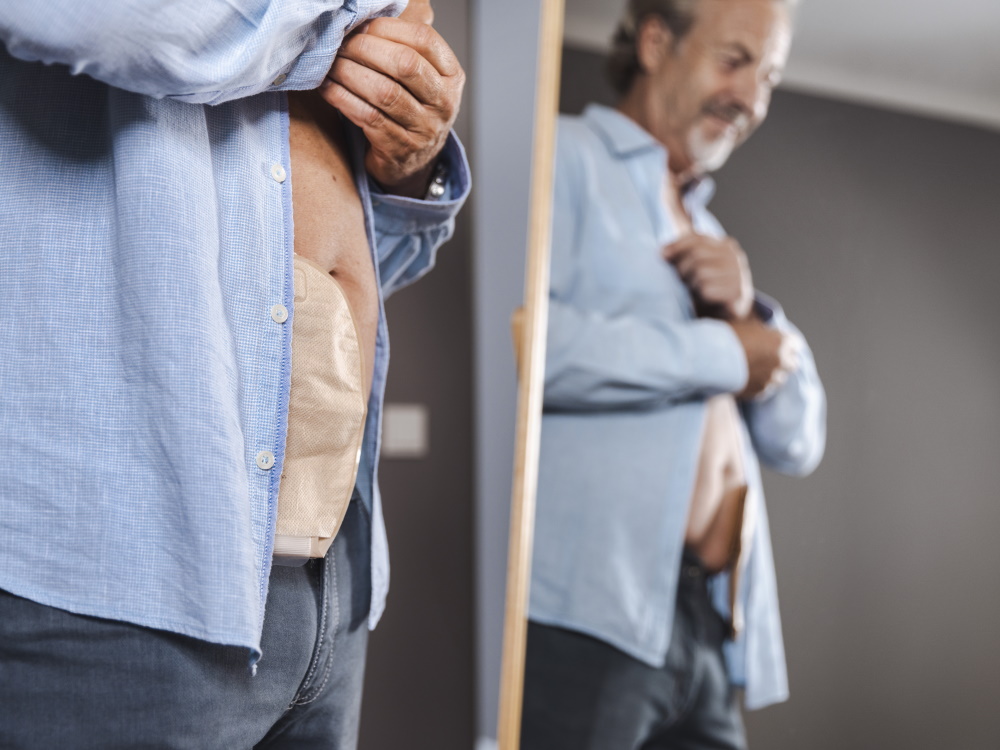
Living with a stoma
Depending on the reasons for your stoma surgery, you may feel like you are on an emotional rollercoaster, especially in the first few weeks after the surgery. This is quite normal. A stoma makes your body look and work differently, and there will be times when you find this difficult. It is common to even feel disgusted at the thought of dealing with the stoma output. Many people are not used to having such close contact with their bodily functions, so it may take quite a while to adjust to.
It seems that during these first weeks all you can think about is having the stoma, and you find yourself asking ‘Is this how it will always be?’ But in actual fact, you will probably become less conscious of your stoma bag as time passes.

Rather than hiding yourself away, it is a good idea to talk about your situation with your family and friends. Whenever you need help, seek advice from your stoma therapist or physician, talk to other people with a stoma, or join support groups. Anyone who understands how you feel and may have useful ideas on how to deal with these challenges. Take your partner along as well as they may also have questions or concerns.
Life with a stoma bag
At hospital you might have been advised by your nurse or doctor which type of bag suits your stoma. There are different types of stoma bags available. While you were still in hospital, your nurse or doctor will probably have advised you on the right bag for your stoma. Your ultimate choice depends on your stoma and your preferences, e.g. closed bags or drainable bags with different outlets for fecal or urine output.
Once you know how to handle your appliance properly, you need to decide between a one-piece and a two-piece system.
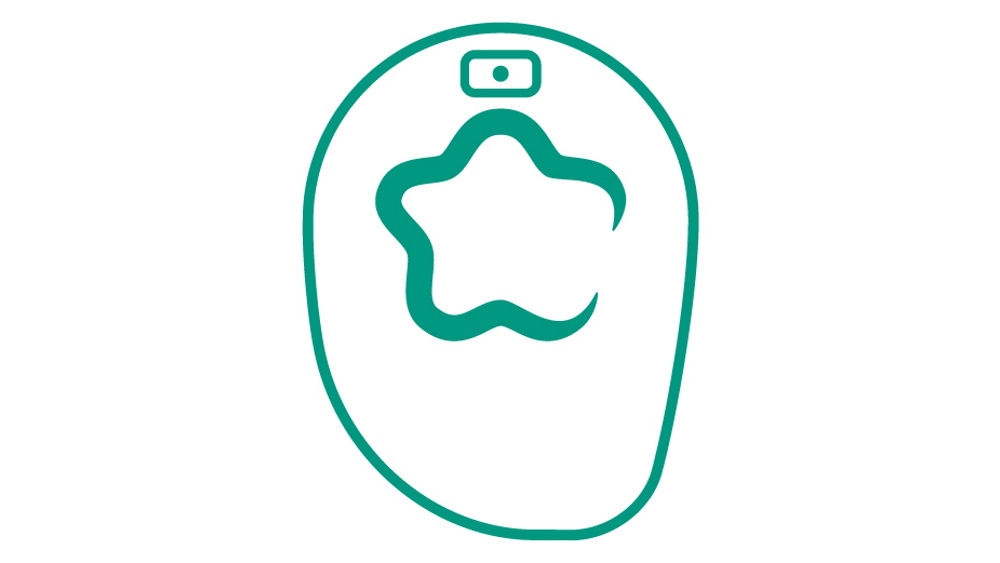
In one-piece systems, the wafer and the stoma bag are joined together. It has a lower profile than a two-piece system so it might be less visible underneath clothes in general and especially under swimwear. However, changing the wafer each time you change the bag can irritate sensitive skin. It may actually take more time to position a new one-piece bag on your stoma than just to replace a new bag on a wafer of a two-piece system.
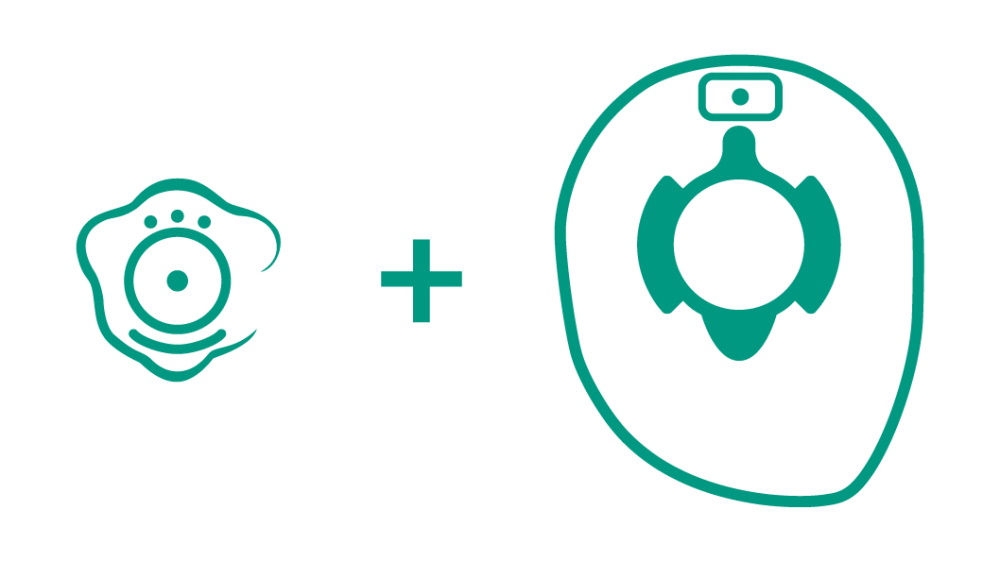
In two-piece systems, the wafer and the bag are separated before the wafer is attached to the stoma. The bag is then connected to the wafer by a coupling system. As a result, the wafer can remain on the stoma for more than one day, while the bag is changed only when needed. As the wafer and stoma bags are ordered separately, the two-piece bag system is more versatile. You also have more wafer options within the same system, i.e., different sizes and types of ostomy bags can be combined, which may be of interest to active people. Finally, two-piece systems allow you to switch easily between different bags.
It’s up to you to choose between an adhesive or a mechanical coupling system. The first option uses an adhesive which is similar to a tape, while the second connects in a similar manner as a lid on a plastic container.
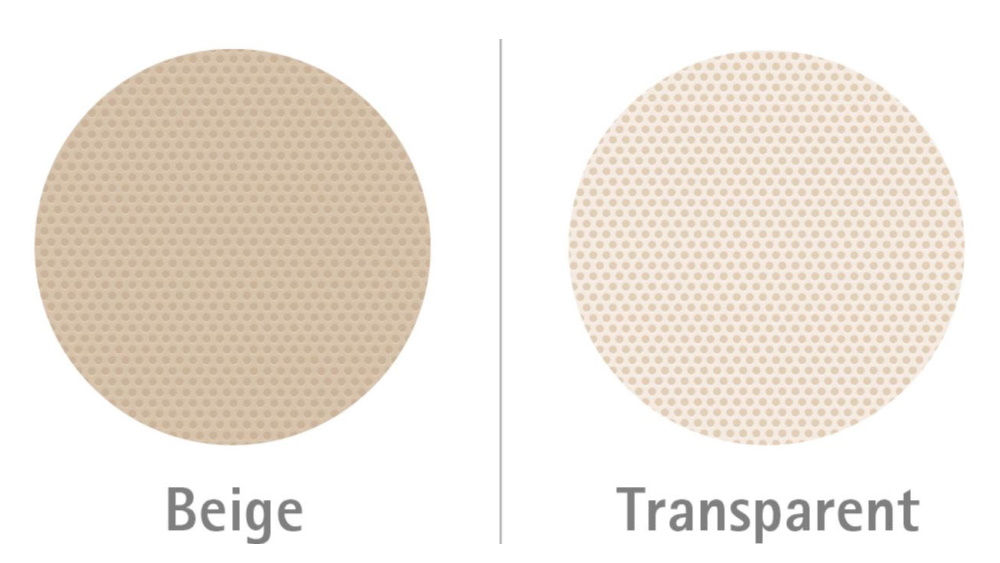
You can choose between a beige or a transparent stoma bag. A transparent bag allows you to see your stoma more easily, while the beige one is more discreet. Many people prefer to use a transparent ostomy bag at the hospital before switching to a beige one once they are at home. The availability may vary depending on the product range.

If you wish to have both, discretion and the option to take a look at your stoma when needed, you can also choose one of our beige bags with an inspection window. This window allows you to check your stoma and the output. The availability may vary depending on the product range.
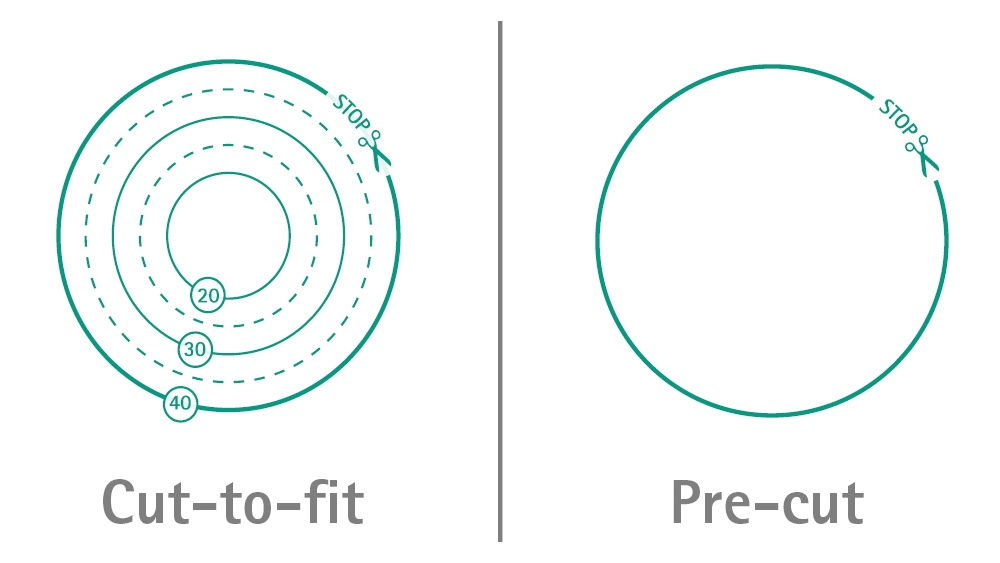
You will decide whether you prefer to use a pre-cut bag or a cut-to-fit one that allows you to custom-cut the wafer to the shape and size of your stoma.

You may opt for a flat wafer or a convex one depending on the nature of your stoma. Convex wafers are curved and may be recommended to patients with flush or retracted stomas.
FAQ
Now you have a stoma, you are likely to have questions, especially with regard to caring for your stoma and managing your everyday life. Below are some answers to frequently asked questions.
Yes! You will need some training at first but changing it on your own allows you to remain completely independent. At some point, five minutes will be all you might need to prepare your equipment and change your appliance.
Your stoma is a mucous membrane rather than a wound, so it just needs to be cleaned by hand with soap and water on a daily basis. We advise you to practice changing your stoma appliance so that you can do it yourself no matter where you are. Over time, it will very likely only take you a couple of minutes to prepare your equipment and change your stoma appliance. To facilitate this process, you should make sure that you have the requisite hygiene items with you at all times. A spare bag and possibly even spare clothes can also be helpful at first, even if they are never needed.
It is up to you. Everyone finds their own routine and may be able to do it alone with practice. The procedure may become routine one month after surgery. If you use a two-piece system, you usually change the wafer every three days and the bag as often as necessary. Closed bags are disposed of and drainable bags are emptied once filled.
However, everyone is different. Over time, you will find your own routine. When you remove your appliance, check the gum. If it has thinned out, please change your appliance more often.
Our current products are not biodegradable, so they cannot be flushed down the toilet. Dispose of the used bags in airtight waste bags with the household garbage. If your bags are drainable, please empty them before disposal.
You will probably be given a week’s supply of stoma products along with information about obtaining further supplies from home before you leave the hospital. However, practices vary between hospitals.
Order new supplies in advance so you never run out. Do not accumulate appliances as they can be damaged by humidity and temperature changes. You can obtain your stoma appliances from the local pharmacy, from delivery services or directly from the companies that manufacture them.
Note:
You will usually be able to obtain samples of stoma appliances to try. Contact the manufacturers by phone, email, or through their website. Tell them what kind of stoma you have, and they will probably send you samples.
You can do both. Some people prefer to shower with a bag, while others do it without a bag. Please give both options a try to see which is most comfortable. Our stoma bags and wafers are waterproof.
If you decide to wear your stoma bag while taking a shower, remember to close the filter if your colostomy and ileostomy bag has one to maintain its effectiveness.
Be aware that stool or urine output may occur when you shower or bath without a bag.
Additional tips are available on our dedicated webpage.
Yes! However, right after the surgery you may initially feel more comfortable in loose-fitting clothes because of possible mild swelling and soreness in the abdomen. This tends to gradually settle over the first few months; after that, you will be able to start wearing the type of clothes you prefer. You might feel a little self-conscious about the bag the first few times you go out, this is quite common. With time and as you return to your regular lifestyle, this feeling usually disappears.
You can also opt for a girdle that is tailored to your body. You should be able to wear tightfitting clothes and swimwear if you like swimming.
If you have leakage problems, you should immediately contact your stoma specialist. There are different possible reasons why these occur. Leakage problems are not only inconvenient but can also injure you and your skin. However, with specialist advice you can identify the cause, take corrective action, and hopefully prevent it from happening again.
Another alternative may be a convex stoma bag system.
Read more about convex stoma bagsAfter your surgery, you may think it is no longer possible to go out with friends and participate in parties or other events. Far from it! Continuing your social life can be very important part of your recovery, and might help you to regain your confidence. Exercises such as cycling, hiking or skiing are appropriate for many stoma patients. However, sports that put too much stress on the abdominal muscles such as weightlifting, rowing, fighting sports or rugby are discouraged because they might injure your stoma.
Generally, engaging in sports and maintaining an active lifestyle can be key factors to your recovery and may help you to gain greater confidence.
Tip: It is sometimes useful to wear a stoma belt or a protection band.
You should still be able to drive or travel with a stoma, but you will need a bit of preparation so that everything goes smoothly. At the beginning, it is a good idea to go to a familiar place where you will be able to relax. And you may want to start with shorter trips and expand them over time.
A urine leg bag can be helpful for long trips and for more comfort.
In general, there is no reason why your stoma should prevent you from working. Just the opposite: Going back to work may help you to get back to your routine, regain self-confidence, and be more independent.
Before going back to work, talk with your stoma specialist. Remember to think about the practical aspects. For example, how you will change or empty your stoma bag in the toilets at work. Think of the time you will need, the equipment, and look to see whether there is a specific toilet that would be best to use (one that may be larger, or that has a hook on the door, a shelf, a window, or simply one that is used less frequently). Moreover, decide actively who you will tell and how much you want to disclose.
If you are worried about going back to work full-time, part-time can be an option. Talk with your stoma therapist and your employer to find out what works best for you both.
Of course! You can customize your ostomy bag any way you want using different materials (duct tape, fabrics, etc.). You can even find videos and tutorials on the web by searching up “fashionable ostomy”, or “homemade ostomy bags” or “stoma bag covers”. If you use airtight materials, make sure that the filter of the stoma bag is not blocked.
Your feedback matters! Participate in our customer survey to help us enhance our website, products and services. Thank you for your support!